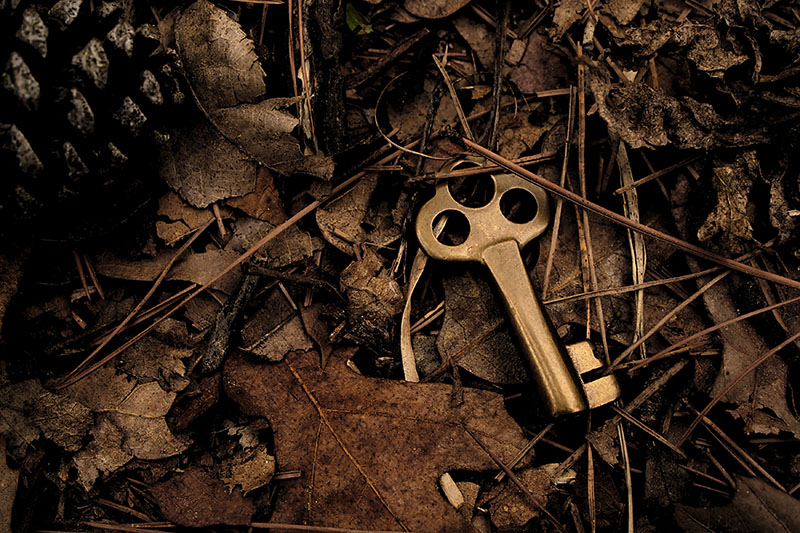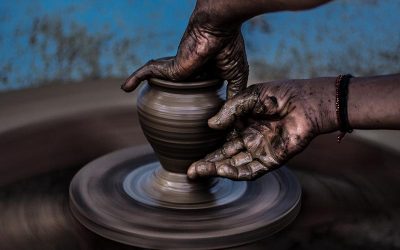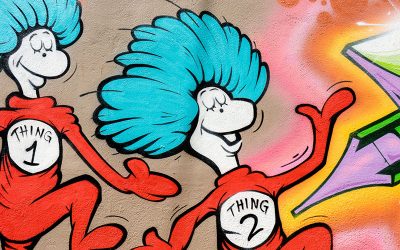The creative process is a tricky one, for it involves a dialogue between both sides of the brain – the rational and the intuitive. The unconscious and the conscious mind exist in a profound state of interdependence. The well-being of one is impossible without the well-being of the other. And never is this relationship more important than within the artist’s mind. This is a paradox that Carl Jung found central to his life’s studies. Sallie Nichols, in her book, Tarot and the Archetypal Journey, writes: “a far greater mystery that obsessed his spirit and compelled all his seeking . . . was the mystery of consciousness, and its relationship with the great unconscious.” The creative process is not all freeform play. All those surprises, those spontaneous expressions of discovery, have to be supported by conscious scaffolding. Look at any great work – whether in literature or music or painting – and there is order to the carefree manner in which moments are linked. A successful artist must cultivate a little conversation between these two aspects of the mind. Wonder comes out of this conversation. The creative spark arrives when there is dialogue between the two. The conscious mind builds a little scaffolding and then the unconscious mind adds its own insight to the structure. Or sometimes the unconscious mind climbs ahead of the conscious mind for a while. But it needs to pause for a moment, exhausted, at a certain point, for the rational mind to keep up, to apply order to all the grand ideas rising higher in the air. Or, conversely, the creative process falls apart when order, in the guise of rote formula, overwhelms the dialogue. There is no room for unconscious inspiration to find its own place within those constraints. Find a way for these two sides to talk to one another today, as you enter into your creative space.
Photo by Michael Dziedzic on Unsplash




